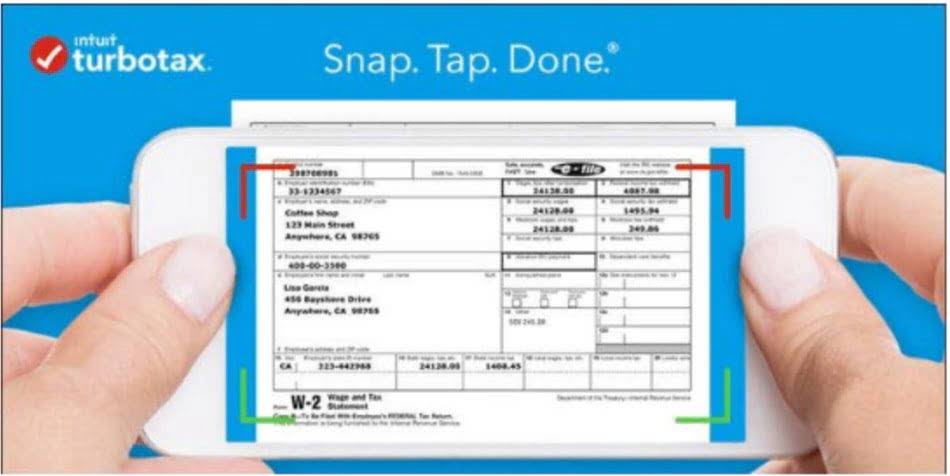
The predetermined overhead rate found in step four is applied to the actual level of the cost driver used by each product. As with the traditional overhead allocation method, the actual overhead costs are accumulated in an account called manufacturing overhead and then applied to each of the products in this step. GAME has been employing traditional costing methods and applies factory overhead on the basis of labor costs. The products sell as fast as they can be produced so there is virtually no inventory. For a recent period CAPlayer sold 90,000 units and GLASSESong sold 110,000 units. Each unit sells for $60 and total sales were $12,000,000 ((90,000 + 110,000) X $60).
Increased Profit Margins
For sake of simplicity let us call them Financial Standard product and Financial Custom Product. Standard Product is lot simpler than Custom Product, so BlackRock MuniHoldings NY Q Closed produces Standard product in large batch sizes compare to Custom product which is produced in smaller batch sizes. Target costing is an effort on part of firm to reduce costs to an extent where they cover cost plus expected profits. Standard Product is lot simpler than Custom Product, so Nuveen NY Qlty Muni produces Standard product in large batch sizes compare to Custom product which is produced in smaller batch sizes. Changing from the traditional allocation method to ABC costing is not as simple as having management dictate that employees follow the new system.
Create a Free Account and Ask Any Financial Question
The basic feature of functional departments is that they tend to include a series of different activities causing different costs that behave in different ways. Download CFI’s Excel template to advance your finance knowledge and perform better financial analysis. ABC management would then be asked to comment, and a story containing the amount and any ABC comment would be broadcast on the ABC. It is a textbook case of how a strong editor-in-chief who was not the managing director would act in this situation. A reporter would be assigned to find out the amount, since it is clearly a matter of public interest, and a well-connected press gallery journalist would get it without too much trouble.

Requirements for Activity-Based Costing (ABC)
- A large part of the cost of robotics was tied directly to the number of units produced.
- Removing these inefficient activities can help businesses improve their financial performance.
- Finally, ABC alters the nature of several indirect costs, making costs previously considered indirect—such as depreciation, utilities, or salaries—traceable to certain activities.
- Plus, dedicated accounting tools like Zoho Books (pictured above), which can integrate with Zoho Projects (here’s our Zoho Projects review), can help keep you on top of things.
- For the activity of running machinery, the driver is likely to be machine operating hours, looking at labor, maintenance, and power cost during the period of machinery activity.
- Why would a company continue to sell a product that is generating a loss?
Meanwhile, businesses are now paying more attention to whole quality products. These changes have resulted in increased complexity and bifurcation (separation into two parts) of production processes, which is reflected in the cost structure. Another contractor has completed a conceptual design of an ABC systemfor a single product line and has committed to a pilot study. Theproduct line is exempt from cost and pricing data because it has acommercial item exclusion, and accordingly, no cost impact proposal wasprepared.
For the past 52 years, Harold Averkamp (CPA, MBA) hasworked as an accounting supervisor, manager, consultant, university instructor, and innovator in teaching accounting online. For the past 52 years, Harold Averkamp (CPA, MBA) has worked as an accounting supervisor, manager, consultant, university instructor, and innovator in teaching accounting online. The management may also find it challenging to devise appropriate marketing strategies to achieve maximum profits. In a dynamic industry, data also tends to change over time, making the previously collected data redundant.

Reasons for the development of Activity-Based Costing
For the year, there were 2,500 labor hours worked; in this example, this is the cost driver. Calculating the cost driver rate is done by dividing the $50,000 a year electric bill by the 2,500 hours, yielding a cost driver rate of $20. The formula for activity-based costing is the cost pool total divided by the cost driver, which yields the cost driver rate. The cost driver rate is used in activity-based costing to calculate the amount of overhead and indirect costs related to a particular activity.
Do you wish you knew how to implement an ABC system so that you can cut production costs, decrease waste and increase profits? You should read our guide, which will open your eyes to the world of activity-based costing. The potential problem with ABC, like other cost allocation approaches, is that it essentially treats fixed costs as if they were variable. This can, without proper understanding, give some people an inaccurate understanding which can then lead to poor decision making.
Example: Application of Activity-Based Costing
This information shows how valuable ABC can be in many situations for providing a more accurate picture than traditional allocation. In activity-based costing this refers to the allocation of costs to activities. For example, allocating the costs of setting up the manufacturing equipment to run a batch of product to the activity “setup costs” is a stage 1 allocation. This stage 1 cost is then allocated to cost objects such as a product or service. While traditional-based costing will include all production costs based on machine or labor hours, ABC only includes activity costs. As a result, the difference in the cost and pricing of the competitor’s product will make it difficult for the organization to cost and price its product to remain competitive.
Our Services
By assigning costs to various activities that are segmented based on the role they perform in overall processes. Instead of treating all indirect costs as one organization wide pool, ABC pools the costs based on each activity. Finally assigning costs to respective products, service and customers activities in the organization using activity cost drivers. Activity Based Costing can improve the costing process at Nuveen NY Qlty Muni in abc costing example three prominent ways – By increasing the number of cost pools – ABC help in identifying the activities that are being performed by organization’s resources. Once in place, maintaining cost pools and micromanaging resources could eat into your bottom line. Activity based costing (ABC) is a system by which overhead costs areallocated directly to products using activity drivers to measure thecost allocable to a particular product.